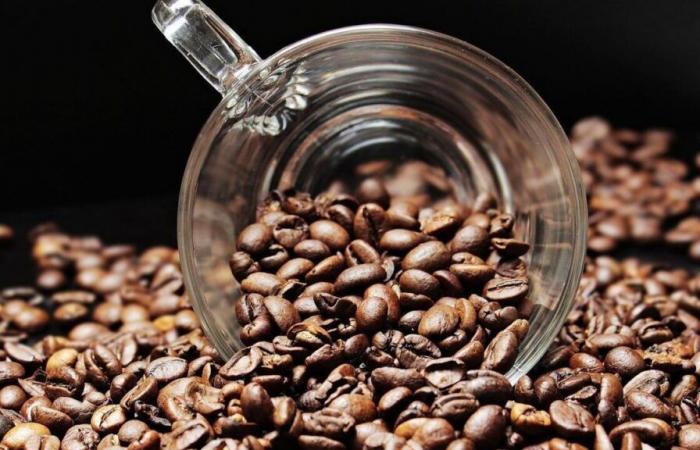Arabica at its highest level in almost 50 years is the news this week on the commodity markets. This exceptional rise in coffee prices is fueled, as has been the case for several weeks already, by concerns weighing on Brazilian production.
Since September, coffee prices have been dependent on the Brazilian weather. Because this is the period when the trees must receive rain for flowering to take place correctly. The rains arrived in October and sometimes even torrential rains.
In most producing regions, flowering was exceptional, according to analysts from Rabobankbut the markets remain worried: they have no guarantee on the evolution of the flowers which will give rise in several months to the coffee cherries in which we find the beans. The risk of a new climatic accident is far from being ruled out.
Also listenThe coffee market awaits further rain in Brazil
Arabica at its highest since 1977
The Brazil is the number 1 supplier of Arabica, and bad news from that country is enough to shake prices. Especially since stocks are not sufficient to cover a bad harvest. The result is reflected in the markets. The pound of coffee reached more than 320 cents on the New York Stock Exchange this week, a record since 1977. With the depreciation of the Brazilian real, average prices of Arabica coffee increased by 11 % compared to October », noted Rabobank in its latest report dated November 25.
Two Brazilian exporting companies have also requested a renegotiation of their debt, according to the Bloomberg agency. Current prices no longer allow them to insure the financial risks they take and put their cash flow in difficulty.
Manufacturers announce the color
Robusta coffee, usually considered cheap, is not spared from this upward price trend either: Vietnam, the leading supplier, is also subject to multiple challenges including that of climate. The new harvest began at the end of October under torrential rains. It is estimated at 27 million bags of 60 kg by the Vietnamese Coffee Association. A tonne of Robusta which reached more than $5,800 in September is still worth more than $5,000 on the London Stock Exchange.
Manufacturers have announced the color and are starting to pass on these unprecedented price levels: Nestlé announced new increases a few days ago and is working on smaller packaging formats. JM Smucker, an American group, has already carried out a first price increase in June and a second in October.
Belgium






